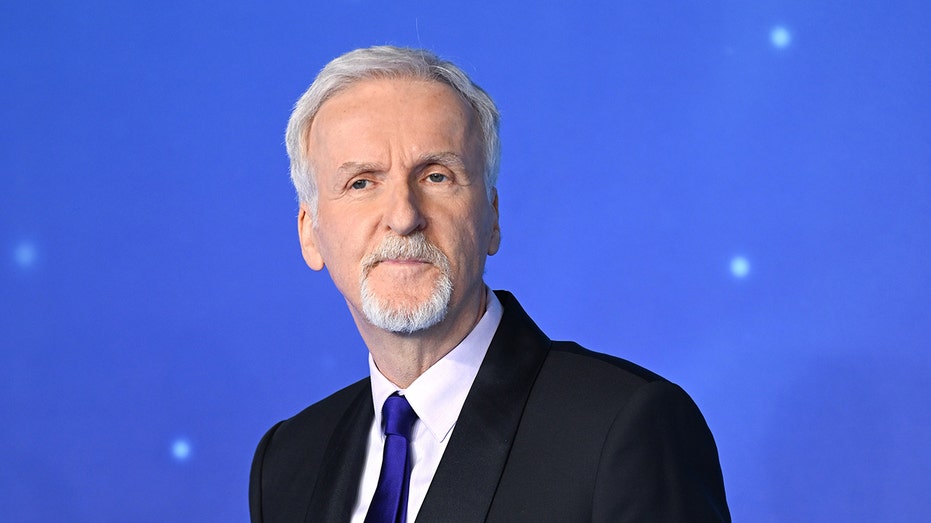
WWW.THEVERGE.COM
Surge pricing, the scourge of ridehailing, is evolving for the robotaxi era
It’s a familiar frustration for ridehail users: you open the Uber or Lyft app, enter your destination, and discover that your intended trip costs several times more than expected. The culprit is surge pricing, one of ridehail’s most important and controversial innovations. Customers grumble about higher fares, but Uber and Lyft executives have insisted that surge pricing benefits them by attracting additional drivers, which allows the companies to fulfill more trips and reduce wait times. That justification makes intuitive sense, but it raises an awkward question about robotaxis, which are expanding across the US, from San Jose, California, to Washington, DC. If surge pricing is intended to expand the driver pool, why is it now being used by companies with driverless vehicles?Waymo, which offers robotaxi trips in the Bay Area, Los Angeles, and Phoenix, charges surge pricing during peak times, as did Cruise, its now-defunct competitor. Assuming a robotaxi fleet is already fully deployed, higher fares cannot expand vehicle supply in the way they could for Uber or Lyft. Instead, riders simply need to pay extra, assuming they can afford to, or search for another way to travel.Surge pricing, one of ridehail’s defining features, may need a rethink for an autonomous era. Uber began experimenting with surge pricing in 2012, and customers have been grumbling about it ever since. In 2014, one exasperated Aussie described the practice to Mashable as “price gouging at its worst.” (Price gouging is banned in many US states, but such laws typically kick in only during emergencies or natural disasters.) Screenshots of astronomical fares, like an $800 ride on New Year’s Eve in 2015, frequently went viral. Aware of the pushback, Uber and Lyft adjusted their app designs in recent years to conceal temporary price increases, but surge pricing (sometimes called “dynamic pricing”) has endured.Harry Campbell began driving for Uber a decade ago. He now runs The Rideshare Guy, a publication devoted to ridehail, and The Driverless Digest, focused on the robotaxi industry. “At Uber, their number one [key performance indicator] from basically day one has been reliability,” he told me. “When you open the app, they want you to see cars available within three to five minutes.” Given the vagaries of trip requests and driver availability, keeping wait times within that window is no easy task.Surge pricing may need a rethink for an autonomous era.Defenders of surge pricing argue that it convinces more drivers to work during times of high demand, which avoids lengthy wait times. “Surge pricing doesn’t just make rides more expensive,” James Surowiecki wrote in an article entitled “In Praise of Efficient Price Gouging” for MIT Tech Review in 2014. “It also expands the number of people who are actually able to get a ride.” The additional drivers allow fares to drift back toward normal levels.But this supply-side narrative has always omitted part of the story. “Surge pricing also tempers demand,” Campbell said. “When people see that their ride is more expensive, they may not take it.” By deterring some potential customers, surge pricing makes it easier to serve those who remain. Would-be customers who can’t stomach the higher price are left to figure out a Plan B.Voicing concerns about consumer protection, legislators in states like Massachusetts, New York, and Washington have proposed caps on temporary price hikes (and New Delhi, India, has imposed one). Surge pricing has become a generally accepted aspect of ridehailing.Photo: Mario Tama / Getty ImagesAnd now it’s been adopted by Waymo, a company whose service is, apart from the empty driver’s seat, largely indistinguishable from Uber or Lyft. But while higher fares may convince part-time ridehail drivers to work during periods of high demand, surge pricing can do nothing to expand the tightly limited size of Waymo’s fleets. As of January, for example, the company operated only around 100 vehicles in Los Angeles.“I think Uber and Lyft have a very strong justification for using surge pricing that gets more drivers on the road and gets you home,” Campbell said. “Waymo doesn’t have a good justification. They just say, ‘Hey, we’re charging you more because a lot of people want rides, even though we literally cannot add more vehicles to the fleet.’”Surge pricing can’t attract additional robotaxi vehicles, but it does suppress rider demand, thereby narrowing the gap between requested and available trips during peak times. In an email, Waymo spokesperson Chris Bonelli wrote, “During busier times, temporarily increasing prices may help reduce demand and keep wait times reasonable for a good rider experience.” “Reasonable” is doing a lot of work there; Campbell shared a screenshot of Waymo wait times hitting 24 minutes in Los Angeles, where he lives.“When people see that their ride is more expensive, they may not take it.”Still, surge pricing’s ability to at least temper demand is enough for Brad Templeton, a consultant and veteran of the self-driving industry, to deem it useful. “The societal benefit is that you have scarcity instead of shortages,” he said. “If you really need a trip, you can get it — it’s just really going to cost you.” He drew a comparison with airline tickets that cost more during popular travel times like Thanksgiving weekend.But Templeton acknowledged that surge pricing creates winners and losers, particularly if it cannot expand vehicle supply to soften price hikes. Those who can afford surge pricing will pay it; everyone else will have to find another way to travel — or forgo the trip entirely. “It does allocate more to the wealthy than the poor,” he said. “That may or may not match public goals” around fairness. This, after all, was the underlying critique of ridehail’s pioneering use of surge pricing, which the companies parried by noting how higher prices expand vehicle availability — something that Waymo and its ilk cannot claim.Such tensions could dissipate if the supply of robotaxi vehicles becomes more flexible in the future. There are several ways that might happen.In a March blog post and a recent episode of the Autonocast podcast, mobility investor Reilly Brennan divided the on-demand trip market into “base load,” consisting of trips taken during periods of typical demand, and “peak load,” representing those requested when demand temporarily spikes. One future scenario involves a fixed fleet of full-time robotaxis providing requested trips when demand is normal, while surge pricing during peak times encourages human drivers to grab their keys, thereby expanding the supply of vehicles (and reducing customer wait times). Such an arrangement could appeal to ridehail companies, which benefit from the lower cost of operations during non-peak times, as well as robotaxi companies, which can tap human drivers to add vehicle capacity when they most need it. The recently announced collaboration between Uber and Waymo in Austin suggests such a partnership may be plausible.“It does allocate more to the wealthy than the poor.”Brennan outlined another possibility that seems specific to Tesla: If the company’s promised Cybercabs become a reality (a big if) and its autonomous technology works reliably (ditto), the company could deploy its Cybercab fleet to fulfill base load demands while augmenting it during peak periods with personally-owned and self-driven Teslas, dispatched willingly by their owners when surge pricing hits a threshold of, say, $4 per mile. It’s a nice vision, but caution seems warranted given CEO Elon Musk’s failures to fulfill previous promises around self-driving tech.Templeton believes robotaxi companies could accommodate more trips with limited fleets during peak times by offering customers discounts if they split their trip with strangers. Although ridehail’s experiments with shared rides have fizzled in part due to a lack of privacy, robotaxis might have more success if they use partitions to physically separate passengers from one another.For now, at least, robotaxi companies like Waymo are free to charge whatever they like during peak periods, even though they can’t deploy additional vehicles to meet the higher demand. Templeton thinks that’s appropriate given the nascent stage of the robotaxi industry. “I think we should wait, watch, and learn,” he said.See More:
0 Commentarios
0 Acciones
78 Views











